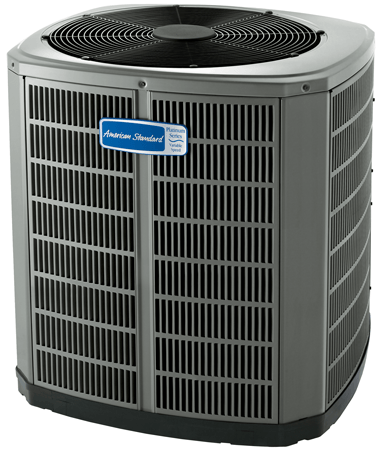High humidity can often bring out the worst in our homes and creates an uncomfortable living environment, which is why we’re here to teach you how to avoid high humidity this winter.
A little humidity, about 45%, isn’t a bad thing, it can prevent your skin from getting dry and keep your home feeling warm during the winter time, but once you reach high levels of humidity is when problems may arise. Problems with high humidity go further than just the air being somewhat damp, they can range anywhere from slight annoyances to serious issues.
Problems With High Humidity
Stinky pets – Your household cat, dog, or any other pet can smell particularly bad when their fur becomes wet. Well, during humid days your pet can smell just as bad even when they aren’t wet.
Stinky people – Your pets aren’t the only ones who may smell bad in high humidity, people do too. High humidity prevents the effects of deodorant which can leave people quite smelly.
Frizzy Hair – If you have a humid household you can be expecting a bad hair day or two. As much as you may enjoy your hot shower, the steam that comes with it adds to your hairs frizziness and can leave your hair a mess.
Hot weather – Our bodies cool off through the evaporation of water leaving our skin. When there are high humidity levels the water is unable to evaporate and therefore leaves us feeling uncomfortably sticky. This can often lead to problems with sleep in many people.
Deterioration of Wood and Metal – When humidity is high, the wood in your home can swell and change in shape. With extended periods of high moisture levels wood can deteriorate. Just as wood can swell with humidity, metals can rust. You can protect the wood and metal in your home from deteriorating by keeping it painted.
Mildew and Mold – Mildew and mold are the worst result of high humidity levels in the home. For mold to grow it needs a high humidity, little to no light, and somewhere to grow. If the humidity in your household is higher than normal, check the dark corners and rooms in your home to see if any mildew or mold have started to grow. It would be in your best interest to remove the mold immediately because once the problem gets bigger you may require a professional’s assistance.
How to Prevent High-Humidity in Your Home
With all the many problems that can come with high humidity, it is fortunate that there are several ways to lower humidity levels. Having a furnace or air conditioner running in your home can often dry out the air. Your HVAC unit may have a “dry” setting, which can be used as a dehumidifier. If this is not the case then you can purchase a dehumidifier.
Ventilation is another good way to lower humidity levels in your home. The movement of air in your home will refresh the air with drier air, which helps water to evaporate. After some time, the air will have ventilated enough to lower the overall humidity level.
Not only can you lower humidity levels once they’re already high, but you can also prevent them from getting higher in the first place. If you have plants in your home you can cover the plant soil to prevent water from entering the air, since plant soil collects and releases water. Using less water in the household can also be accomplished by taking shorter showers and drying your clothes outdoors. Bathrooms tend to have a ventilation fan which can be used when taking a shower to pull the steam out of the room.
Once these steps are taken to create a low-humidity household, you and your family should be feeling better and will now be preventing the need for future home repairs.
If you are looking for HVAC system replacement or repair in Ontario, DeMark Home Ontario can help. We provide quick and efficient HVAC replacement performed by our highly trained and experienced technicians. Call us 647-847-2998 or fill out online request form and we will be happy to assist you with your request.
Easy Rentals...
The post Dealing with humidity appeared first on DeMark Home Ontario Furnaces, A/C, Water Heaters.

No comments:
Post a Comment